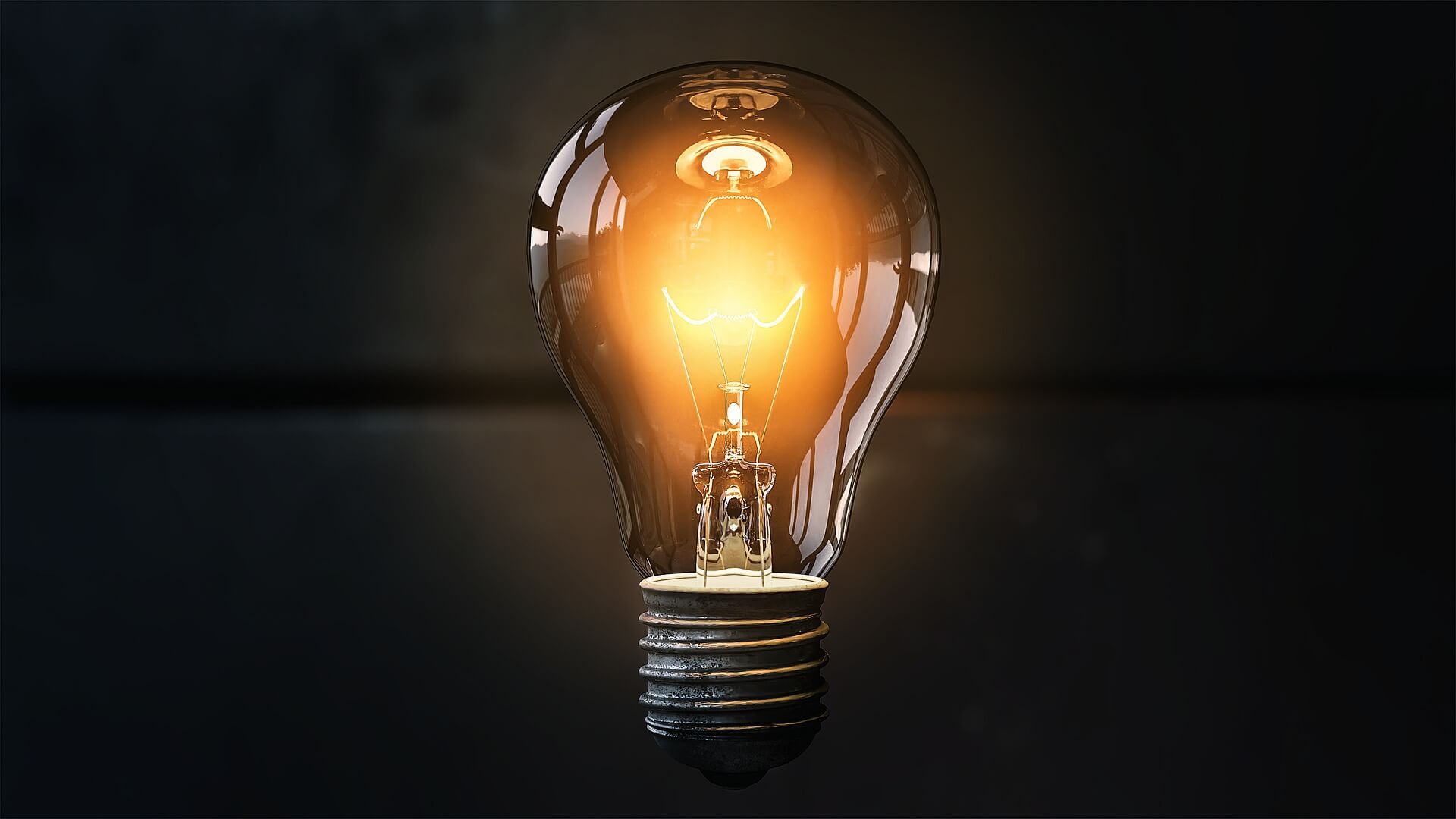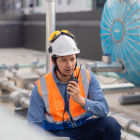Everyone wants to make their home a little bit more eco-friendly, but it can be overwhelming knowing where to start. There are various government grants and schemes to help get more homes moving towards a carbon neutral position. However, whether you go for the government’s Green Homes Grant or perhaps simply retrofit cavity wall insulation, understanding where and from what your property can benefit the most is crucial.
With so many options it can be hard to know what is the right thing to do and so having an understanding of the various options and what they may entail is important to understand from the outset.
PAS 2035 Retrofit
PAS 2035 retrofits and PAS 2035 Retrofit Assessments, have been set up and designed by the UK Government’s Department for Business, Energy and Industrial Strategy (BEIS). These assessments are part of a scheme and framework which is supported by the UK Government, designed to help homeowners and property owners apply ‘energy retrofit measures’ to existing buildings.
In practice, under PAS 2035, this forms part of a process whereby existing buildings can be assessed and best-practices for energy efficiency recommended and potentially implemented.
The PAS 2035 framework and assessment concerns domestic dwellings and properties and identifies where energy efficiency measures can be taken to improve the overall efficiency of the property in question. These retrofit assessments can give property owners and homeowners a range of practical steps and measures they can take to improve their property’s energy efficiency rating.
Undertaking a PAS 2035 Retrofit Assessment could highlight some key areas of improvement for your property which, if undertaken, can help greatly improve energy efficiency of the property in question.
Insulating Your Property Properly
Insulating your home properly can be a huge step in the right direction towards an eco-friendly home and it is also one of the easiest and clearest ways in which to improve your property’s eco-credentials. Once your home is well insulated, you will almost instantly save money on your heating and energy bills as well as knowing that you are doing your bit for the environment.
First and foremost, make sure that your loft is well insulated; that the cavities in your walls are well insulated and that all of your windows are double glazed. Although these changes can be expensive, in the long run you’ll be saving yourself a lot of money. We often rely on fossil fuels to heat our homes, so the less energy that escapes, the less fossil fuels we need.
Keep The Heat Inside Your Home
As well as insulating your home you can keep heat in with a few simple changes to your regular practices and routines. For example, in the evenings keep your curtains closed to stop heat escaping out of your windows, even if they are closed.
You can also keep out draughts with draught excluders at the foot of your doors and around any windows. You can also stop draughts and cold air getting in from around windows and through floorboards. You may consider purchasing specific silicone-based fillers to stop cold air getting in. The less draughts there are in your home, the more heat will be able to stay in the home, making your home more efficient and more eco-friendly.
Using Renewable Energy
There are several energy providers who make switching to a fully renewable energy source quick and easy; something you can do via online comparison websites. Although you can look into options like solar panels on your roof, making your home run on renewable energy can be as easy as switching energy providers as you should do every year to get the best terms and prices.
Not only will you have the peace of mind knowing that your home is not contributing to your increased carbon footprint, but quite often you will find that your energy bill can actually end up being considerably cheaper, if not the same cost as your previous provider.
Use Energy Efficient Lighting and Bulbs
Another simple change that you can make to your home is switching out all of your light bulbs for LED energy-saving light bulbs. This is a simple change but it can make such a huge difference to your carbon footprint and to your energy bills. Much like properly insulating your home, changing your light bulbs can be expensive to start with. Remember that energy-saving light bulbs often have a life of 11 years, so you have plenty of time to work off that initial investment. You’ll be saving the planet and saving on your energy bill every month.
Double Glazing
Many modern homes are already equipped with double glazing, but if your home is not you are missing a trick. The vacuum in between the two sheets of glass in double glazed windows means that heat cannot escape nearly as easily and cold air will find it harder to penetrate the building envelope. Investing in double glazed windows can be expensive, but in the long run you’ll save on heating bills and make your home a lot more eco-friendly.



